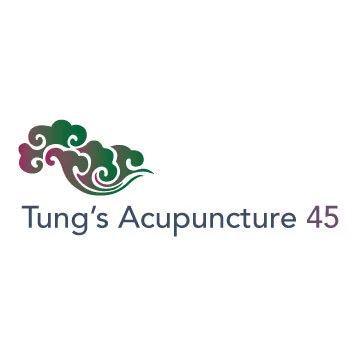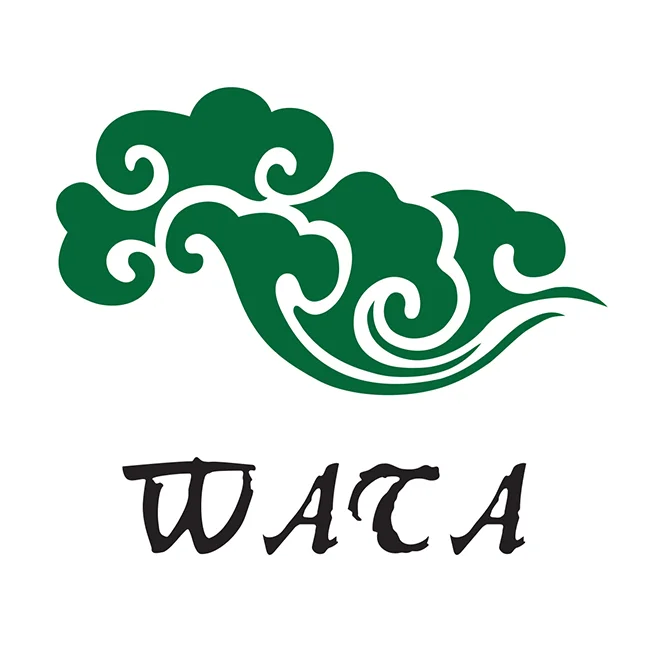7: Why He-sea points treat zang fu organ diseases? In Tung’s extraordinary points, how are those points that can treat zang fu organ diseases related to He-sea points?
/In Lingshu, chapter 19 Si Shi Qi (Needling methods according to the four seasons): “if the pathogen (disease) is in the fu organs, select the He-sea points.” In Suwen, chapter 38 Ke Lun (On cough): “to treat the cough of the zang organs, needle the Shu-stream points; to treat the cough of the fu organs, needle the He-sea points.” Those statements indicate that the diseases of the six fu organs can be treated by He-sea points. In Lingshu, chapter 4 Xie Qi Zang Fu Binjg Xing (The visceral diseases caused by evil qi): “…..how to treat the diseases of the internal fu organs? Qibo said: the He-sea points should be selected.” “Ying-spring and Shu-stream points treat the external channels; He-sea points treat internal fu organs.”
The distribution of the five-shu points defines the point’s treatment scope which also relates to the point’s space and time natures. The general idea of the above quotes is that Ying-sping and Shu-stream points are more suitable for treating body surface and channel disorders of the respective channel. He-sea points are more suitable for treating internal body disorders of the six Fu organs. Ying-spring and Shu-stream points are located at distal extremities where the channel qi is shallow and near the surface. Hence, they are good at treating body surface (including external channel) disorders and five-sense organ disorders of the respective channel. He-sea points are located closer to the body trunk than Ying-spring and Shu-stream points. They are located around elbow and knee joints where the channel qi gathers together as one hundred rivers meet before pouring into the sea. The surrounding of the He-sea points is thick muscle and tendons, and hence the channel qi is deep and abundant. It is easier for those points to have needle sensations (gain the qi). As the channel qi of those points are more abundant and travel deeper to the zang fu organs, they are good at treating zang fu organ disorders. He-sea points are also good at treating prolonged or chronic diseases as the saying in Chinese medicine “prolonged diseases enter the fu organ.” He-sea points are good at treating prolonged or chronic zang fu disorders. Ying-spring and Shu-stream points are good at treating external contracted, newly developed, intermittent aggravation and amelioration, or half-deep/half shallow disorders. Those point selection principles guide the clinical practice.
The so-called “He-sea points treat fu organ disorders” includes non-spiritual/will disorders. (“When the disease is at the Zang (viscera), select the jing-well point.” Jing-well points treat spiritual and will/emotional or mental (Shen Zhi) disorders. ) He-sea points of yin channels belong to water and dominate pre-natal source qi and kidney qi. They can supplement the deficiency of kidney water. He-sea points of yang channel belong to earth and dominate middle qi or spleen qi. They can supplement the deficiency of spleen and stomach.
Because He-sea points are located around elbow and knee joints where the muscle and tendon tissues are thick, and comprise more channel or vessel qi; besides, they are closer to the body trunk than Ying-spring and Shu-stream points, they are good at treating zang fu disorders. Hence, several point groups of the Tung’s extraordinary points are specialized in treating zang fu organ diseases, such as Sima three points (88.17, 88.18, 88.19) treat lung; Tungguan Tungshan Tungtien (88.01, 88.02, 88.03) treat heart; Tungshen Tongwei Tongbei (88.10, 88.11, 88.12); Tienhuang Minghuang Qihuang (88.13, 88.12, 88.14) treat liver. They all are located on the thigh, superior to the He-sea points. As those locations are with abundant muscles, the channel qi is deeper and it is easier for those points to gain the qi. Besides, they are located closer to the body trunk and hence are good at treating zang fu diseases.
Also, the twelve divergent channels depart at elbow and knee areas (here they communicate with the five-shu points) and continue to travel toward to the heart. This is another reason those point groups of treating major zang fu organ disorders in Tung’s points are allocated on the thighs, superior to the elbows and knees. The “depart, enter, leave, reunite” of the 12 divergent channels complement the circulation inadequacy of the twelve regular channels. For example, foot Shaoyang gall bladder channel does not travel to the heart, but because its divergent channel pass through the heart, the evidence of the extraordinary connections of heart and gall bladder is further proved. The major points for treating spleen and stomach zang fu diseases Xiasanhuang (lower three emperors) three points are located on the calf, because the lower He-sea points of stomach, large intestine and small intestine are on the calf too. The three point groups for treating lung, heart, and kidney diseases are located between the stomach and spleen channels. This also shows that in Tung’s acupuncture, the theory of the spleen and stomach is emphasized.










